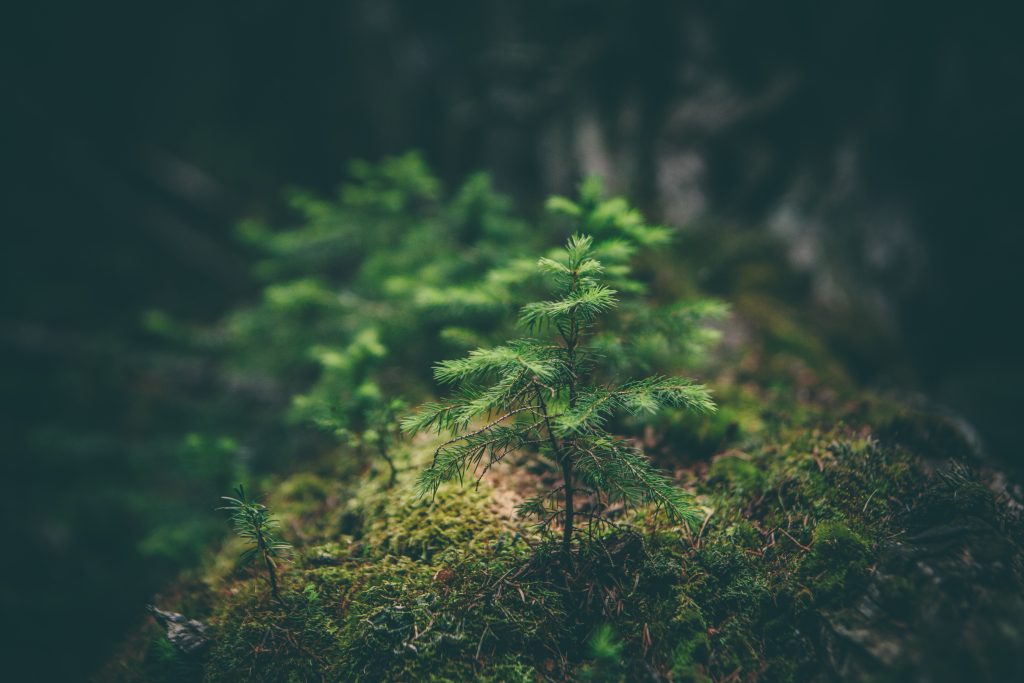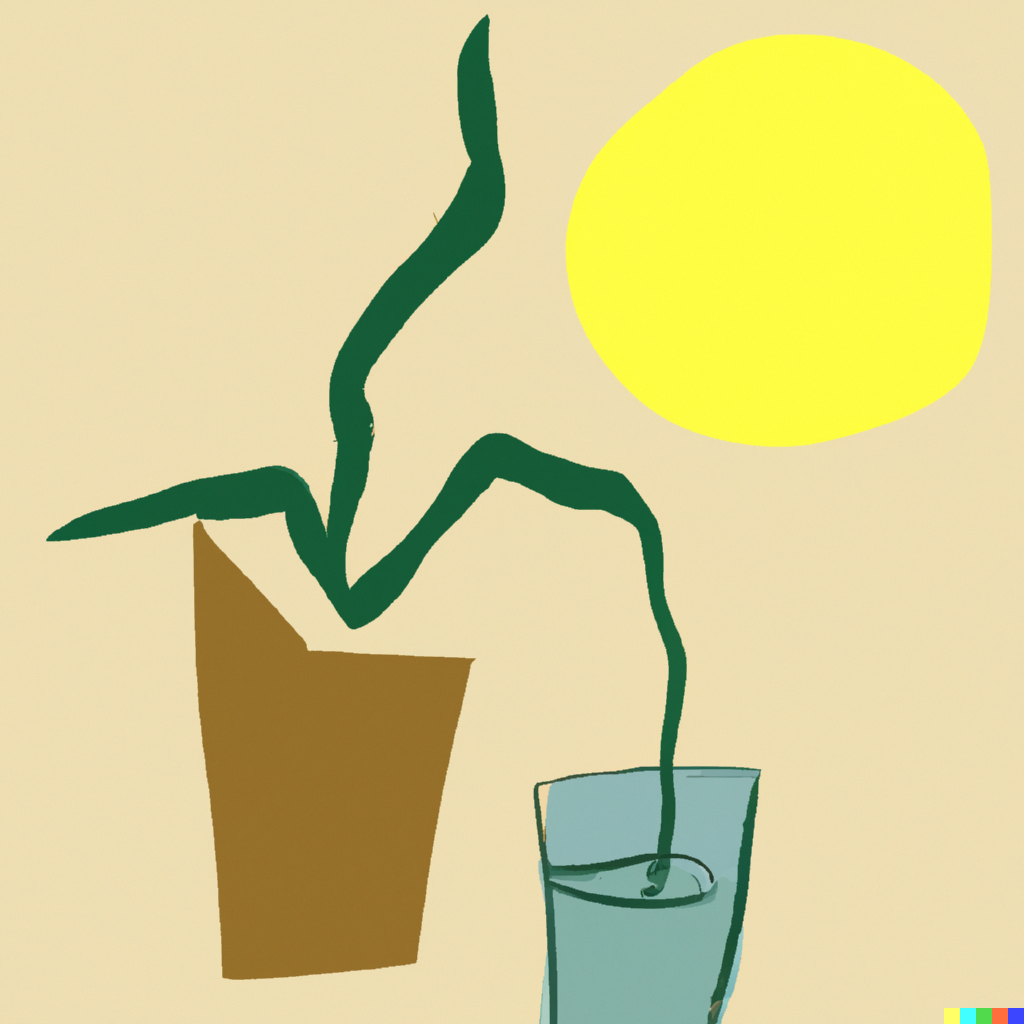Chapter 3: Plants with Benefits

Photo by Matthew Smith on Unsplash
Learning Intentions
By the end of this chapter, you may be able to …
- Identify and describe plant selection characteristics to promote environmental, economic, and social sustainability.
- Identify native and invasive species local to your region.
- Describe your role as a landscape horticulturist in the spread of invasive species and evaluate tools and practices to stop the spread of invasive species.
Let’s Review
Let’s begin with a review of Chapter 2 where we looked at biodiversity and how it refers to the variety of plant and animal species that exist in a given landscape. Biodiversity is important for maintaining a greener, healthier, and more sustainable ecosystem, and landscape horticulturists can promote biodiversity by using native plants, creating habitats for wildlife, and avoiding the use of harmful chemicals.
Overall, prioritizing biodiversity in landscape horticulture can help create resilient and thriving landscapes that regenerate and reciprocate with the local environment. The guiding questions in Chapter 2 asked you to reflect on your role in the wider ecosystem as a landscape horticulturist and describe how you may influence the landscape and be influenced by the landscape through your choices and actions.
Introduction
Keywords: drought tolerance, heat tolerance, provenance
Our theme in Chapter 3: Plants with Benefits is how selecting the right plant for the right place is essential for long-term plant health and plant success in the landscape and wider ecosystem in a warming climate. In this chapter, we will look to natural ecosystems for examples of landscape management strategies and discuss the damaging role invasive species have on natural ecosystems. Finally, we will introduce alternative considerations for selecting plants and the benefits these plants have on the environment and society.
The concept of the right plant for the right place is threaded throughout the pan-Canadian harmonized landscape horticulture competencies across Canada. When selecting plant material for a landscape, we know to consider certain characteristics, such as:
- The environmental conditions: when selecting plants for a particular area, it’s important to consider the environmental conditions of that area. Factors such as sunlight, temperature, soil quality, and moisture levels should be taken into account. for example, a plant that requires full sun and well-draining soil will not thrive in a shady and moist location.
- The mature size: another important factor to consider is the mature size of the plant. Some plants grow very tall and wide, while others remain small and compact. Choosing the right size plant for the space you have will help prevent overcrowding and ensure that each plant has enough room to grow and thrive.
- The plant’s specific requirements: before selecting a plant, we can research to learn about its specific needs and requirements. This includes things like soil pH, watering frequency, and pruning needs.
- Choosing plants that suit the purpose: we think about the purpose of the plant in the landscape. We consider if we want or need the plant to provide shade, attract pollinators, or serve as a focal point. Different plants serve different purposes, and choosing the right one will help ensure an appropriate feel to the landscape and that it serves a broader function in the ecosystem.

This image was created with the assistance of DALL·E 2
Due to the emanant effects of climate change, it’s becoming increasingly important to select plants that can adapt to changing weather patterns and extreme weather events. Recent adaptive trends for plant selection in the landscape industry include choosing or considering plants based on:
- Drought Tolerance: as temperatures rise and rainfall patterns change, drought conditions are becoming more common in many regions. Choosing plants that are adapted to low-water conditions can help ensure that your garden thrives even during dry spells. Look for plants that have deep roots and can store water, such as succulents and cacti, or those with waxy leaves that can reduce water loss.
- Heat tolerance: with higher temperatures becoming more common, it’s important to choose plants that can withstand extreme heat. Look for plants that are native to warmer climates or those that have been bred for heat tolerance.
- Ability to handle flooding: (i.e hydrology restoration) as rainfall patterns change, some regions may experience more frequent and intense flooding. Select plants that can handle wet soil conditions, such as ferns, cattails, and non-invasive irises. Additionally, consider planting in raised beds or using rain gardens to help mitigate the effects of flooding.
- Ability to handle extreme weather conditions: climate change can also bring more extreme weather events, such as strong winds and hailstorms. Look for plants that are resistant to damage from these events, such as shrubs with flexible branches or plants with thick, waxy leaves.
- Geographic provenance or Indigenous (native) plants: plants that are native to your region are more likely to be adapted to the local climate and can often withstand the effects of climate change better than non-native species. additionally, planting native species can help support local ecosystems by providing food and habitat for local wildlife.
- Pollinators: the video below from Pollinator Partnership Canada provides reasons why landscape horticulturalists should choose plants to support pollinators and how we can apply these practices in the landscape.
Overall, choosing plants that can adapt to a changing climate is an important part of creating a greener, more resilient, and more sustainable garden. By selecting the right plants, you can help ensure that the plants in landscapes thrive even in the face of climate change.
Video credit: Native Plants and Pollinators: A Symbiotic Partnership (Pollinator Partnership, 2022)


Feedback/Errata